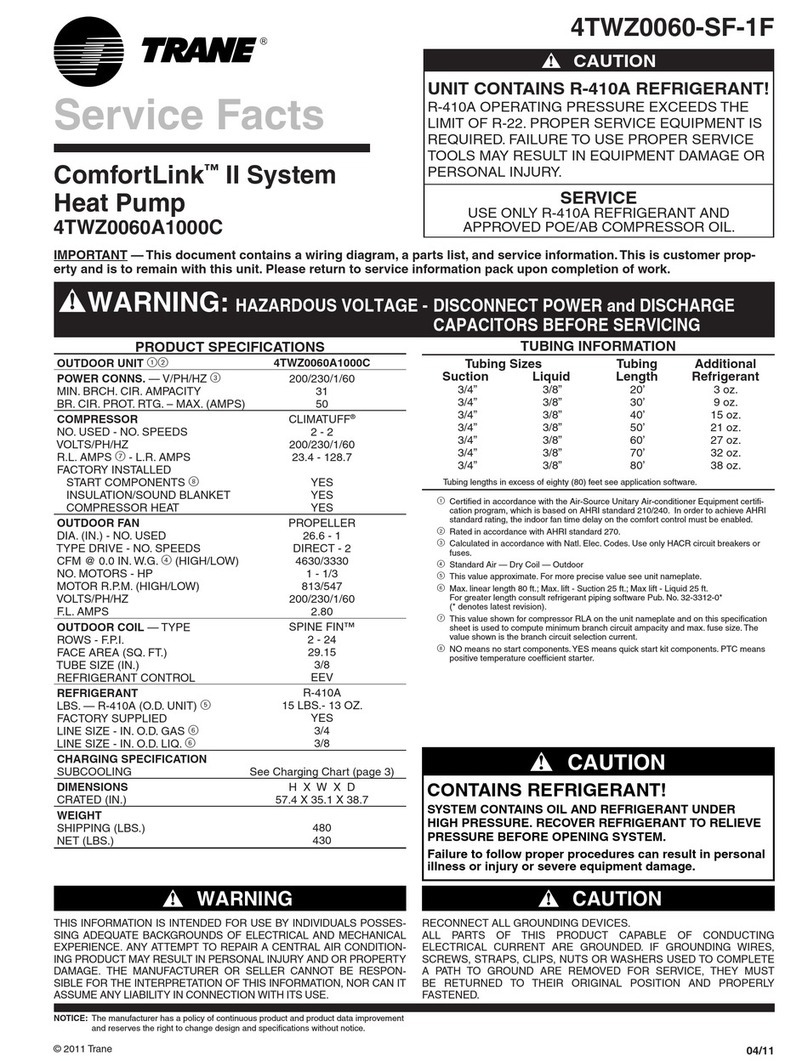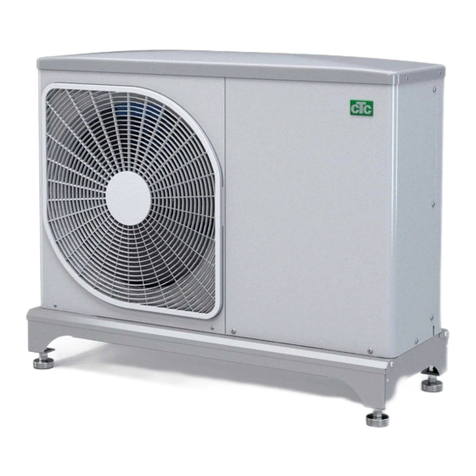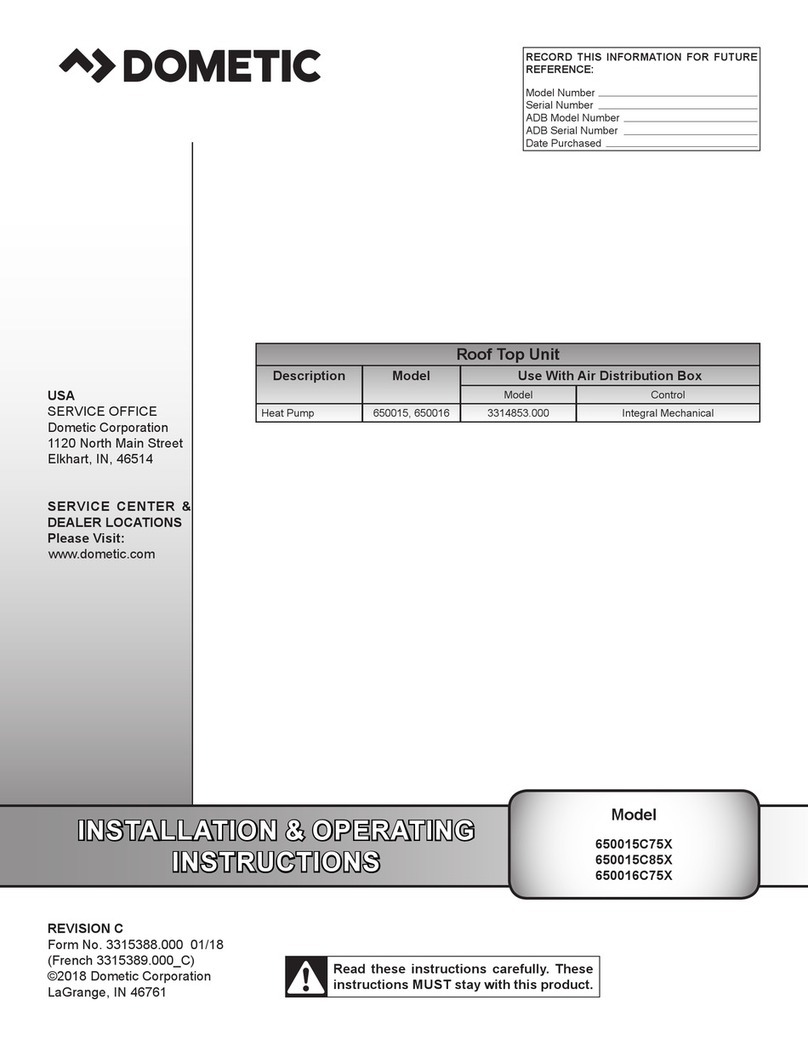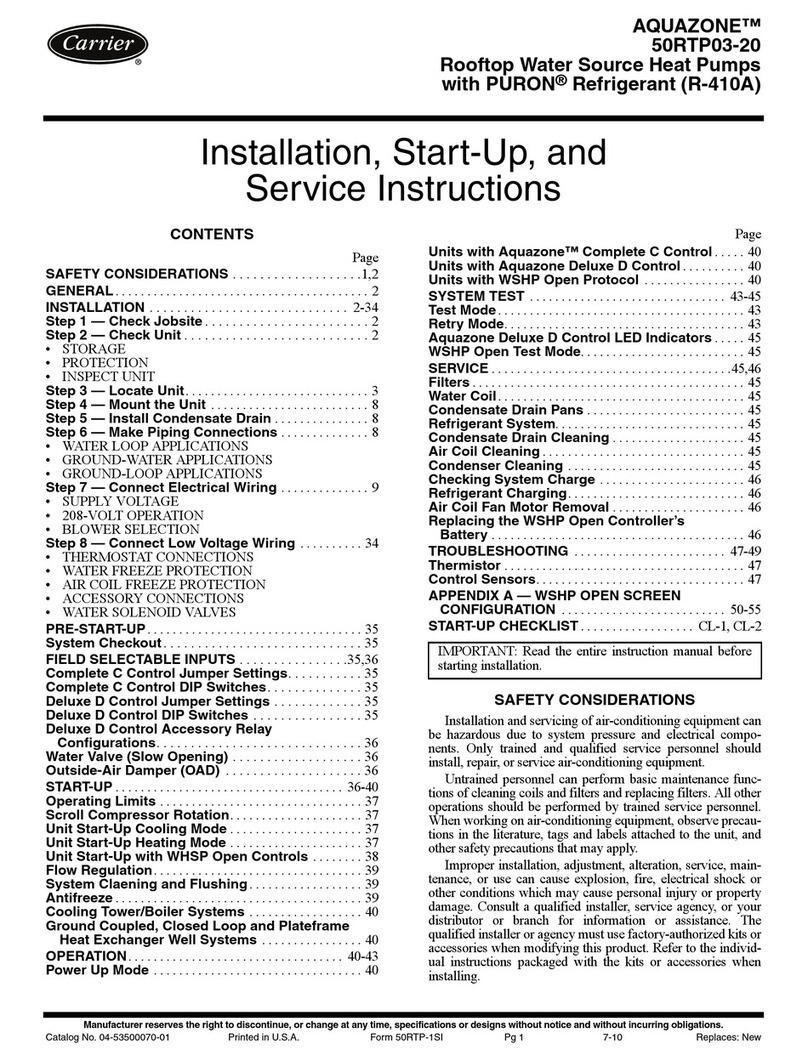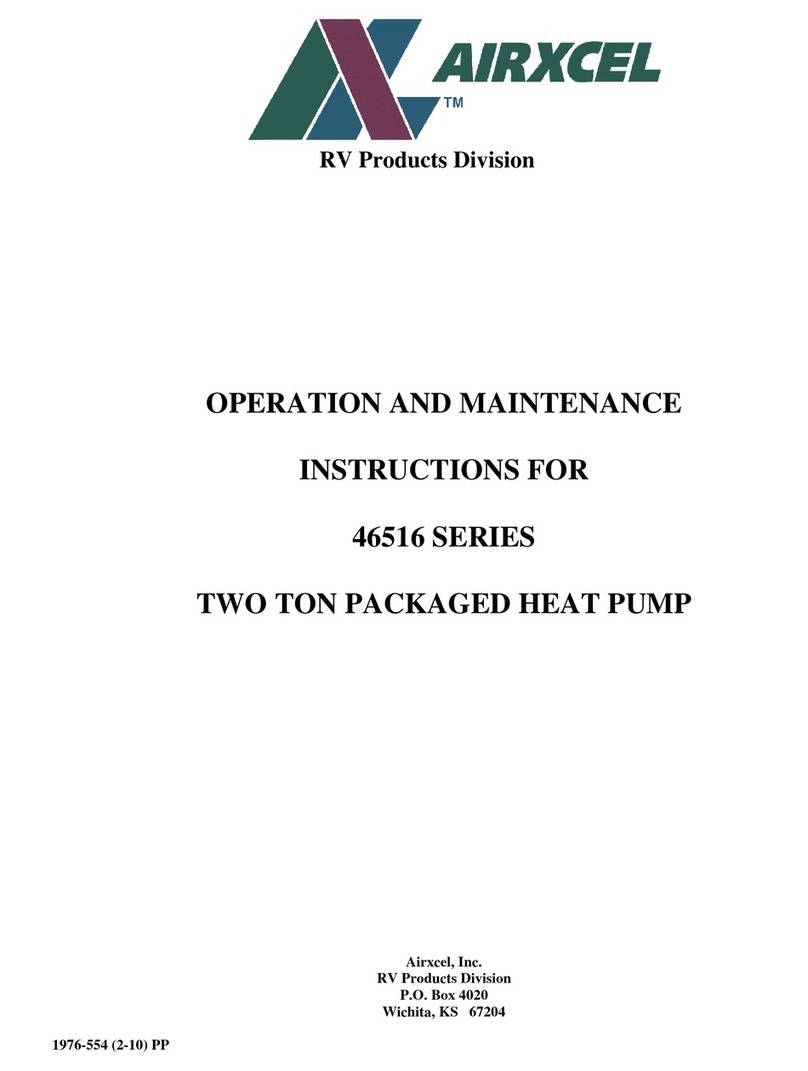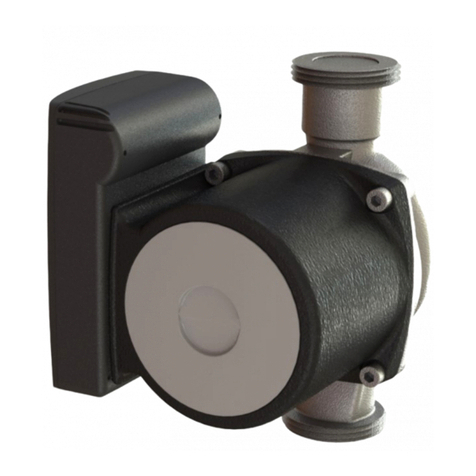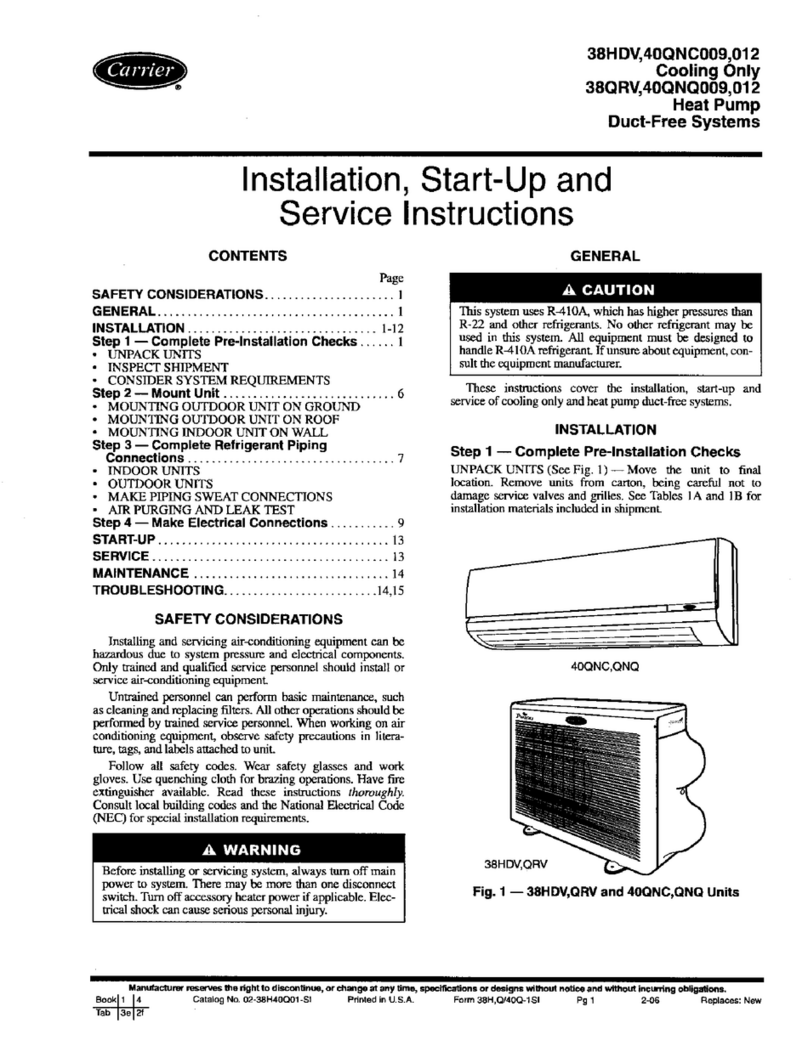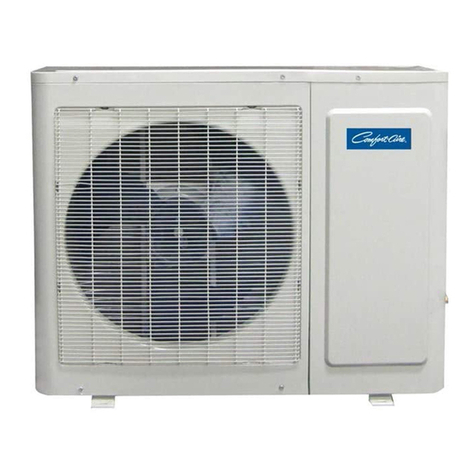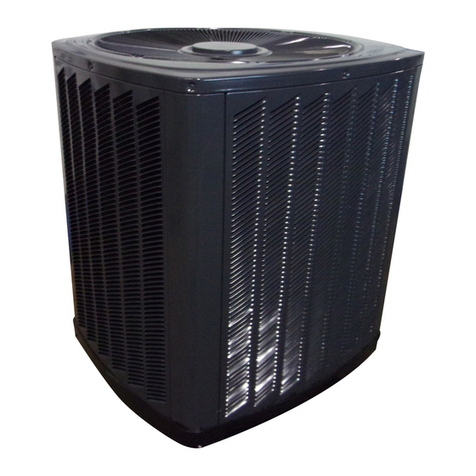
ACU MANUAL
IOM-14 2 of 46 Feb 06 R4
TABLE OF CONTENTS
YOU HAVE RESPONSIBILITIES TOO ...................................................................................................................................3
INTRODUCTION ................................................................................................................................................................3
SAFETY PRECAUTIONS ......................................................................................................................................................3
WARRANTY .......................................................................................................................................................................4
PARTS................................................................................................................................................................................4
RECEIVING.........................................................................................................................................................................5
TEMPORARY STORAGE .....................................................................................................................................................5
INSTALLATION...................................................................................................................................................................5
CODES...............................................................................................................................................................................6
In Canada:.........................................................................................................................................................................6
In USA: ..............................................................................................................................................................................6
MINIMUM CLEARANCE FOR SERVICE AND TO COMBUSTIBLES IN INCHES (mm)............................................................6
QUALIFIED INSTALLER.......................................................................................................................................................7
COMPONENT LOCATIONS.................................................................................................................................................7
PIPING RECOMMENDATIONS...........................................................................................................................................8
PIPE SELECTION PROCEDURE .........................................................................................................................................17
PIPING MATERIALS AND PROCEDURES ..........................................................................................................................23
CLEARANCE FOR CONDENSER AIR FLOW .......................................................................................................................25
LIFTING............................................................................................................................................................................26
MOUNTING.....................................................................................................................................................................26
SHIPPING MATERIALS.....................................................................................................................................................27
ASSEMBLY.......................................................................................................................................................................27
PIPING, ELECTRICAL OR CONTROL SERVICE CONNECTIONS...........................................................................................27
ELECTRICAL INSTALLATION.............................................................................................................................................28
BEFORE START-UP ..........................................................................................................................................................29
START-UP CHECK LIST.....................................................................................................................................................29
INITIAL START-UP............................................................................................................................................................33
CHARGING ......................................................................................................................................................................33
OPERATION.....................................................................................................................................................................34
SHUTDOWN PROCEDURE...............................................................................................................................................35
MAINTENANCE ...............................................................................................................................................................36
ELECTRICAL .....................................................................................................................................................................36
BELT ADJUSTMENT .........................................................................................................................................................36
BEARING SETSCREW TORQUES.......................................................................................................................................38
FILTERS............................................................................................................................................................................41
CONTROLS ......................................................................................................................................................................42
OUTDOOR AIR INTAKES, MIXING SECTIONS AND DAMPERS..........................................................................................42
REFRIGERATION..............................................................................................................................................................42
TROUBLESHOOTING CHART...........................................................................................................................................45
© Airtex Manufacturing Partnership. All rights reserved.




















